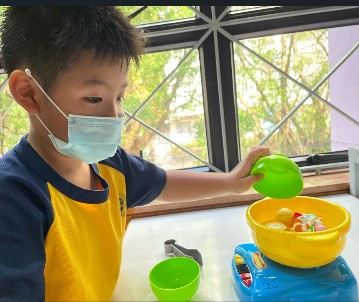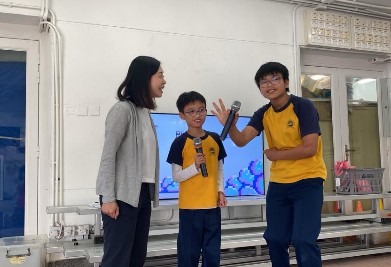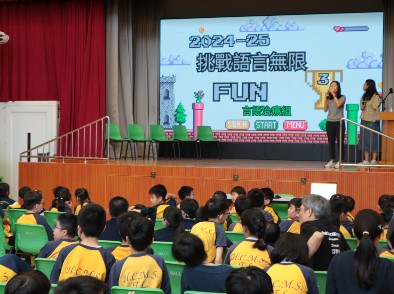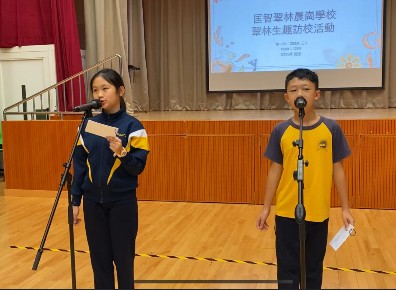Speech Therapy Services
Aim
To address students' communication difficulties and their underlying causes (such as challenges with sentence structure, comprehension skill, and oral motor coordination), comprehensive assessment and diagnosis will be conducted. Tailored goals will be developed to strengthen students’ language comprehension, expression, and social communication skills, thereby promoting effective interpersonal interactions.
Service Mode
A range of therapeutic services is designed to meet each student’s unique needs, fostering optimal communication development.
 |
 |
 |
 |
 |
1. Individual Therapy: Establish annual goals tailored to each student and conduct intensive training to effectively improve articulation, oral motor coordination, language and communication skills.
2. Group Training: Organize various types of small group sessions (e.g., language use groups, situational communication groups, outdoor experiential training) to enhance peer interaction and foster appropriate language usage strategies.
3. Transdisciplinary Collaboration: Work collaboratively with other subjects (including Chinese Language, Vocational Training, Life Experience Circles, and Independent Living Skills) to provide in-class support and integrate communication elements across the curriculum.
4. Whole-school Approach: In addition to hosting morning assemblies, students are encouraged to share their experiences and thoughts at various school functions, helping to build confidence in public speaking.
5. Parent Training: Maintain close communication with parents through phone calls, meetings, and classroom observations. Parent workshops are also organized to help parents develop effective communication facilitation strategies.